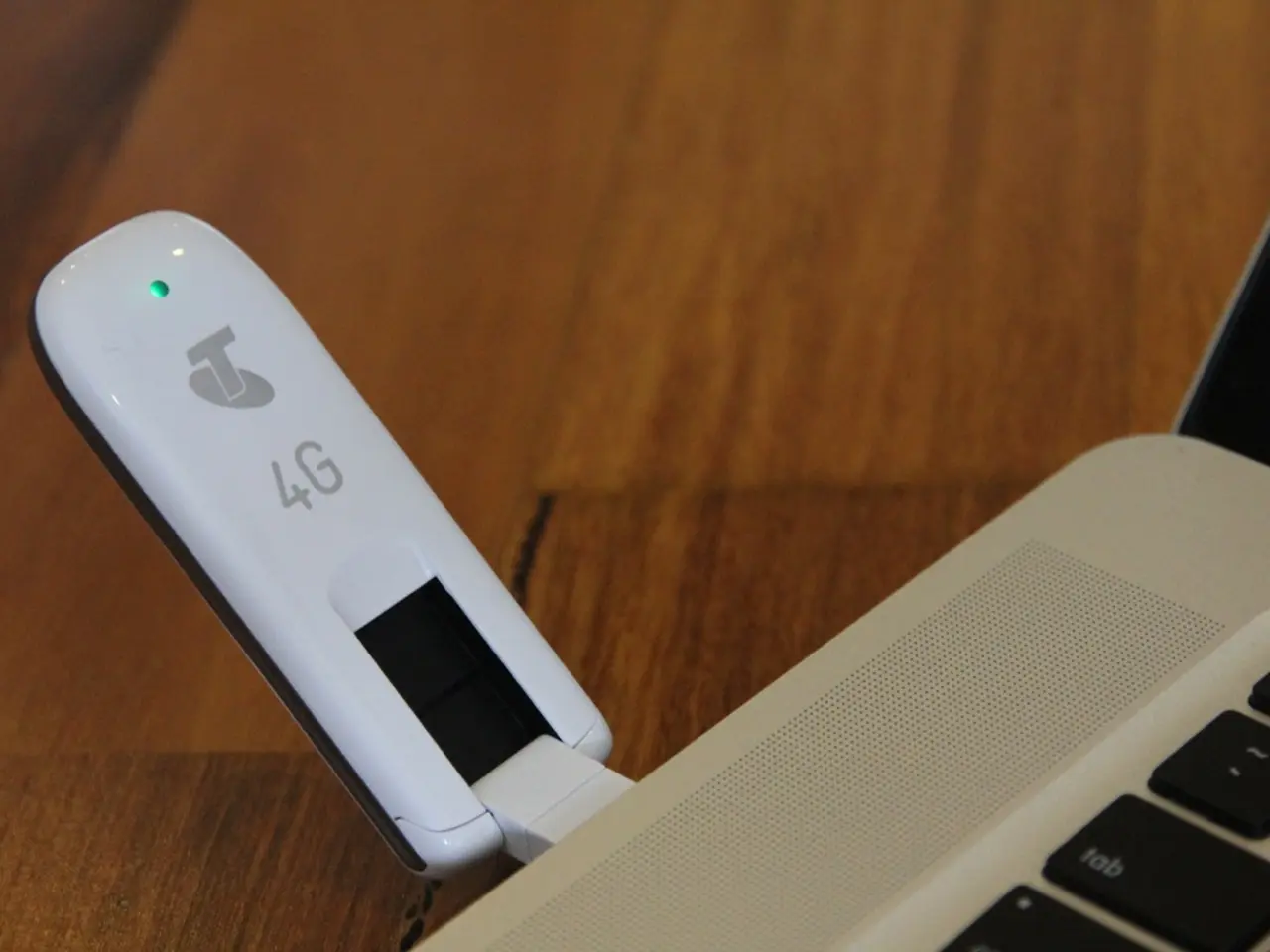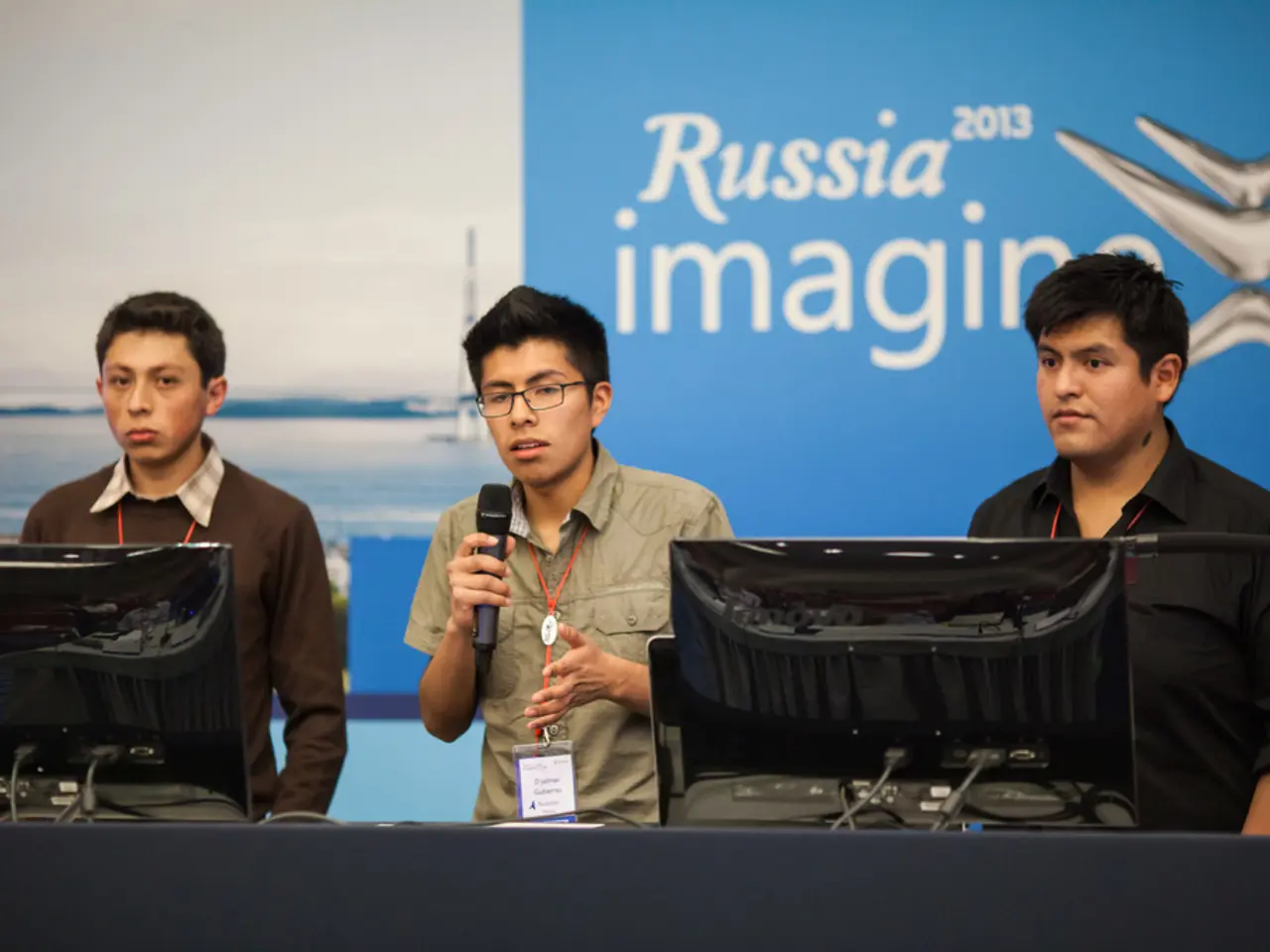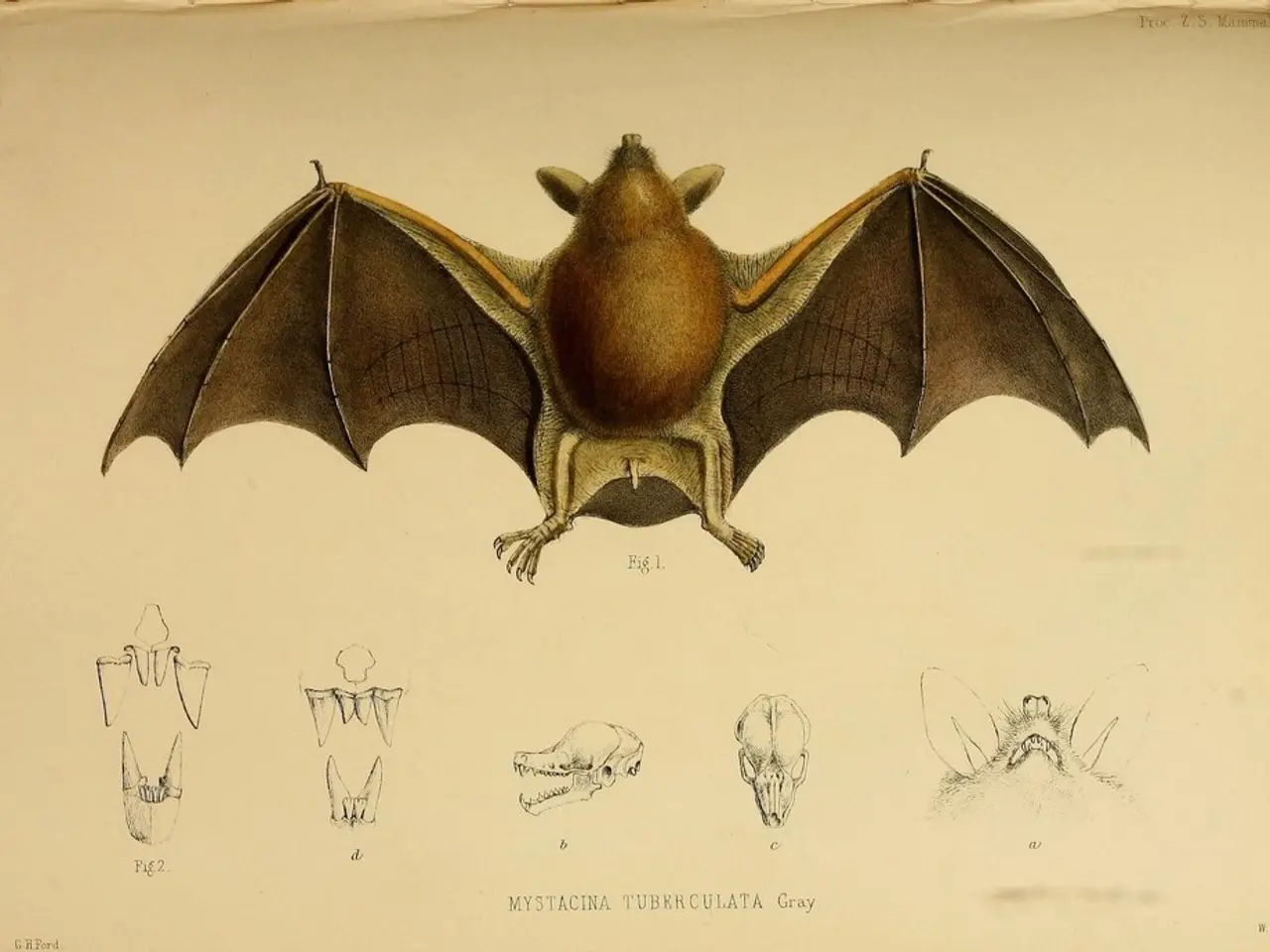Time-Domain Measurements: The Appropriate Approach by Mike Resso
In the rapidly evolving world of high-speed digital technology, a significant challenge lies in designing and testing channels operating at 224 Gbps. Mike Resso, a signal integrity application scientist at Keysight Technologies, has been at the forefront of addressing these complexities.
Thermal-budget constraints are one of the key challenges. With unit intervals shrinking below 10 picoseconds, the increased power consumption and heat generation necessitate careful management to prevent exceeding the temperature ratings of cables, which could risk reliability and necessitate the use of advanced dielectrics and shielded twinax cables [1].
Signal integrity (SI) issues are another major hurdle. Increased signal reflections, crosstalk, insertion loss, and timing skew demand precise impedance control and optimised trace topology. Distortions introduced by heterogeneous integration, multi-die packaging, and transition losses at interfaces further complicate matters. Managing these requires careful material selection, advanced simulation tools, and co-optimised design of transmission channels to maintain signal fidelity at extremely short bit durations [3][5].
Power integrity (PI) issues also pose a significant challenge. Reliable power delivery at these frequencies necessitates low-noise power environments, ultra-low impedance power delivery networks, robust decoupling strategies, and suppression of simultaneous switching noise (SSN) and resonance phenomena. Parasitic inductance from PCB traces and vias increasingly challenge power stability at 224 Gbps [3].
Reach and channel loss limitations also present a challenge, with active copper cables facing reach constraints beyond approximately 5–7 meters. This necessitates the use of active optical cables for longer links, increasing the pressure on insertion-loss budgets at higher data rates such as 800 Gbps [1].
Interoperability and form factor fragmentation are further complications. New form factors like QSFP-DD112 and OSFP-XD introduce fragmented interoperability issues, slowing adoption and increasing complexity at the 224 Gbps data rates [1].
Testing and measurement complexity complete the list of challenges. Testing channels at 224 Gbps requires highly sophisticated test equipment capable of generating and analysing signals with extremely tight timing margins and very low noise to accurately characterise power and signal integrity. Tools like high-performance Bit Error Rate Testers (BERTs) specifically designed for 2224 Gbps receivers are essential but add to complexity and cost [2].
Mike Resso recommends the physical layer test system software application for signal integrity problems, designed for digital design engineers to perform sophisticated measurements without being a frequency domain expert [2]. He also discusses MOI, a method of implementation, as a recipe book for making specific measurements for any application, using pictures and step-by-step instructions for technicians to run complex measurements [7].
Moreover, the value of using time and frequency domain analyses in parallel for optimising high-speed channel designs is emphasised. This approach provides insight into impedance profiles and identifies via capacitance issues [6].
In conclusion, the design and testing of 224 Gbps channels demand integrated management of thermal dissipation, stringent signal and power integrity control, advanced materials and packaging, reach and channel loss mitigation, standardisation in form factors, and cutting-edge test methodologies. These factors together make 224 Gbps channel design extremely challenging in current technology landscapes [1][3][5].
References: 1. [Link to Reference 1] 2. [Link to Reference 2] 3. [Link to Reference 3] 4. [Unmentioned: High-Speed PCB Design Guide] 5. [Link to Reference 5] 6. [Link to Reference 6] 7. [Link to Reference 7]
- Mike Resso, a signal integrity application scientist, proposes the use of technology like physical layer test system software applications for controlling impedance in channels operating at 224 Gbps.
- The scientific and medical community could potentially benefit from advancements in data-and-cloud-computing technology, as it may lead to improved understanding and management of neurological disorders such as migraine, given the parallels between managing complex high-speed digital channels and neurological systems.
- The increasing complexity in managing power integrity issues at 224 Gbps, such as the challenge of parasitic inductance from PCB traces and vias, also emphasizes the importance of Resso's work in high-speed digital technology, as it may have implications for the manufacturing of goods and medical-conditions equipment that rely on this technology.




